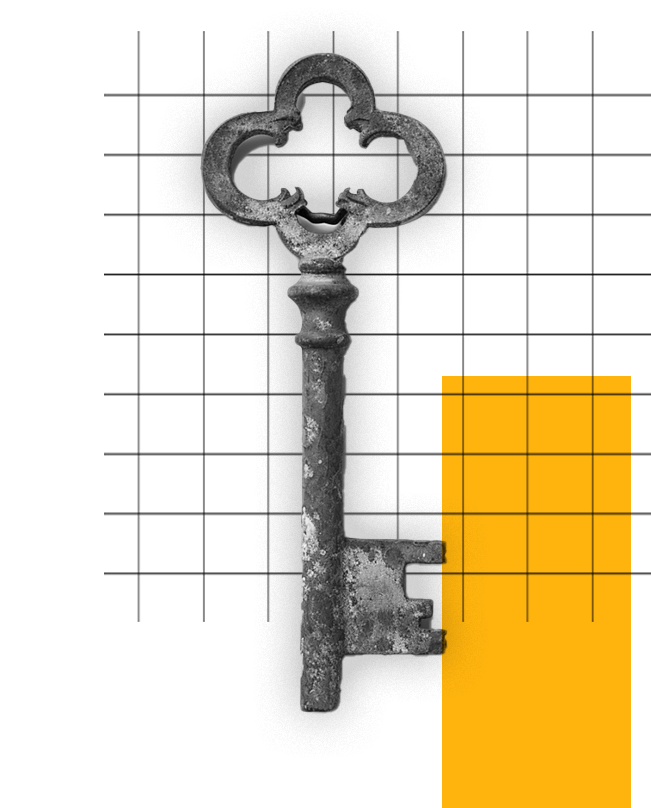In 2014, Bruce Cleveland, previously Head of Product at Siebel Systems, the leading CRM platform of the 1990s, wrote a classic article published in Fortune entitled Lessons from the death of a tech goliath. In that article, Cleveland ruminated on how and why Salesforce, "the David" of the CRM market, had toppled Siebel, “the Goliath”, in the early 2000s. He finished the article by posing a question: will Salesforce survive an impending transformation, or will a startup emerge with a new technology that upends the unassailable leader?
Cleveland’s view on the battle between Siebel Systems and Salesforce in the early ’00s was that Siebel was focused on large enterprise deals, and Salesforce was the nimble innovator focused on SMBs, meaning that Siebel was unable to respond to changes in the market and thus lost the battle.
Now, 20 years on, Salesforce is the Goliath... is history going to repeat itself?
My contention is that many of the benefits promised by CRM have not been delivered, mainly due to poor integration, poor user adoption and poor data. The result? Disjointed customer journeys, poor customer experience and internal friction in the end-to-end process.
As the clear leader in the market, Salesforce has to share the blame for this.
The promised benefits of increased sales, growth in revenue per customer and reduced customer churn are difficult and expensive to achieve with Salesforce. Why? Because Salesforce has been built by acquisition, resulting in a clunky, cobbled-together solution. Delivering seamless support for the customer journey in Salesforce is difficult and expensive. Users are left having to stitch together a series of bolt-ons, with complex integrations or even Excel spreadsheets!
Read our case study to find out how our CRM implementation helped Bright Direction Training ensure that customer demands were efficiently met, and more time could be spent crafting a positive customer-business relationship.
The benefit of ‘horizontal’ integration along the customer journey, ACROSS departments and customer touchpoints, is FAR greater than the benefit of additional features provided by point solutions along the way. Salesforce has missed this point.
Disappointingly I come across many CEOs, private equity owners and C-Level Execs who don’t seem to realise this issue, and think that Salesforce is the only game in town.
HubSpot offers a better alternative - it solves the problem. HubSpot is built ground-up to support the entire customer journey end-to-end. All users involved in the entire customer journey (from the first website visit, through the sales process to ongoing customer success) are working from the same system, a single database complemented by automation, content, AI, analytics and reporting.
The result is reduced friction, a greater focus on the customer, and dashboards that show the measurable difference in real-time - and at a more affordable price!
Of course, there is still some way to go, but I think the David-now-turned-Goliath needs to watch out for the next David.
Watch Andrew Shaw's presentation on why companies are switching from Salesforce to HubSpot at the B2B Marketing and Sales Innovation Expo 2021 below.






.png?width=115&height=183&name=sade%201%20(1).png)